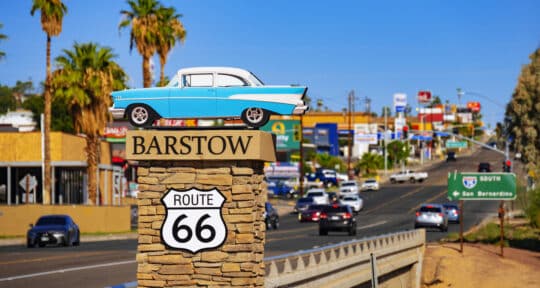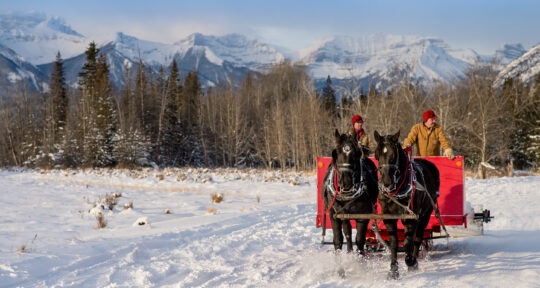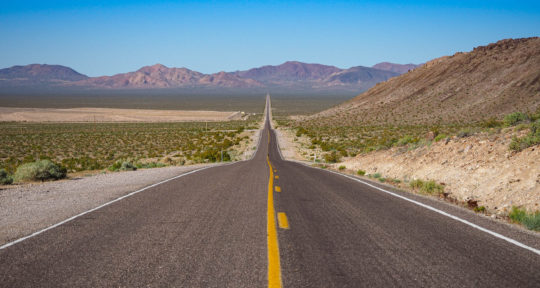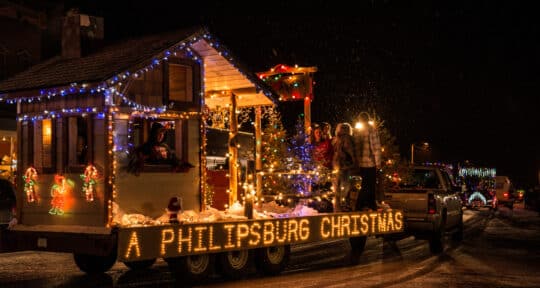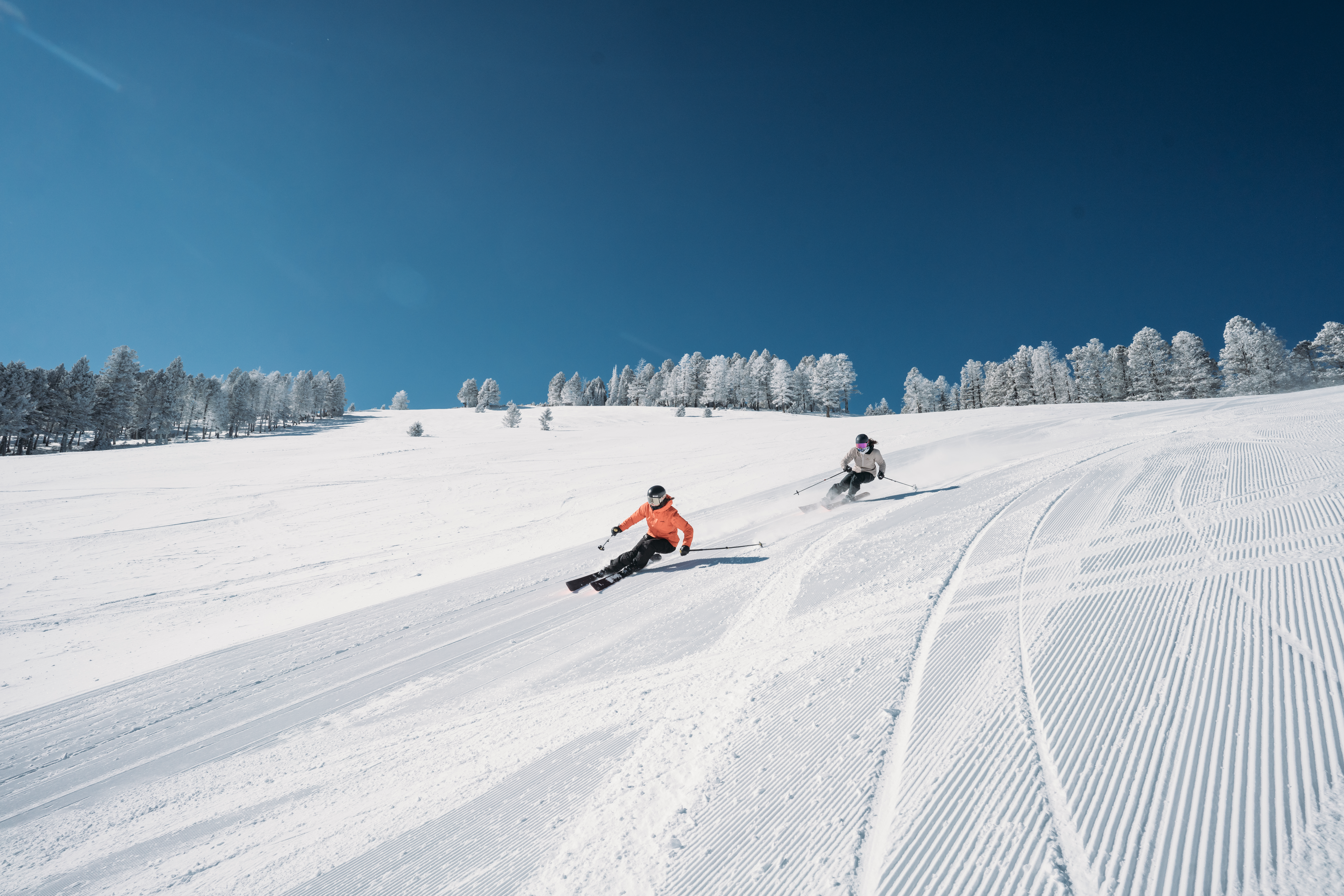In the late 1800s, a road trip to Yellowstone National Park involved a train ride to a station near the north entrance, then a 5-day stagecoach ride through the park traveling at no more than 10 miles per hour. Rugged, yes, at least by today’s standards, but the pace provided an ideal way to see the park’s geysers, wildlife, and hydrothermal features.
Horse-drawn stagecoaches, some with open-air seating on top, took tourists along the unpaved roads. Even though it was considered luxury travel for the time—elites from the East Coast rode the train in search of adventure—rough conditions included the slower pace of stagecoach travel, a lack of niceties at the lodging locations, and the real danger of stagecoach robberies.
Although Yellowstone became the first U.S. national park in 1872, only about 1,000 visitors made the trek each year. It wasn’t until 1883, when the Northern Pacific Railroad tracks arrived close to the park’s north entrance that the stage line was created; the number of annual visitors soon jumped to nearly 5,000. By 1886, stagecoaches were transporting visitors to the park for a 5-day tour. In 1902, the train arrived in Gardiner, Montana, and the stagecoach tours embarked from there.
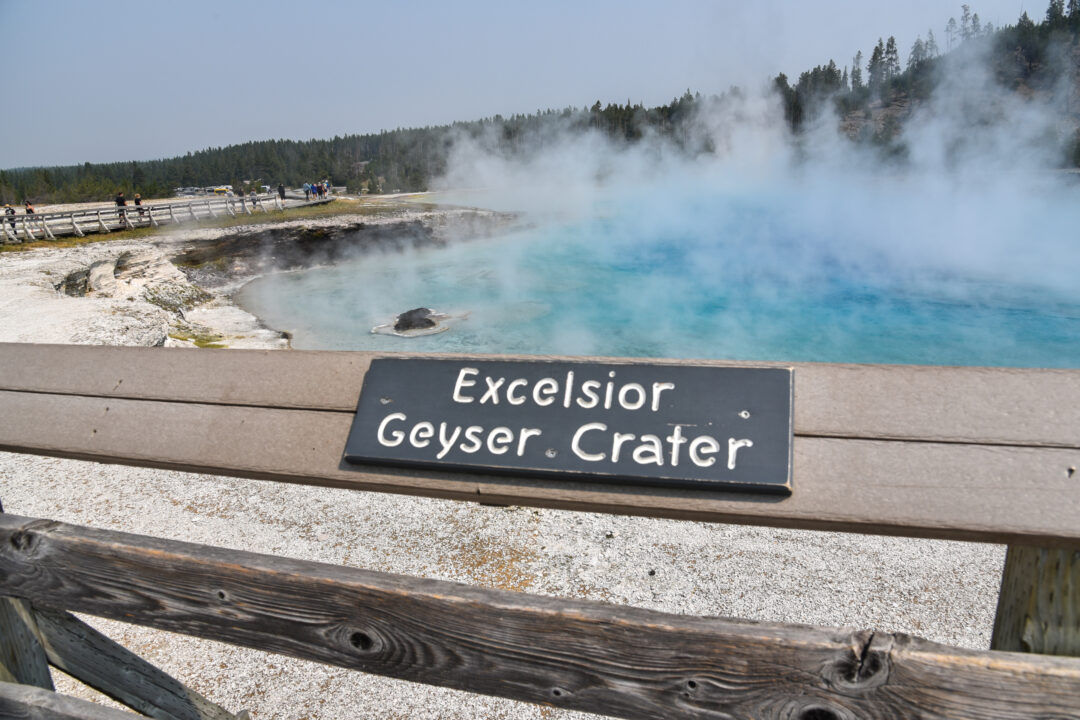
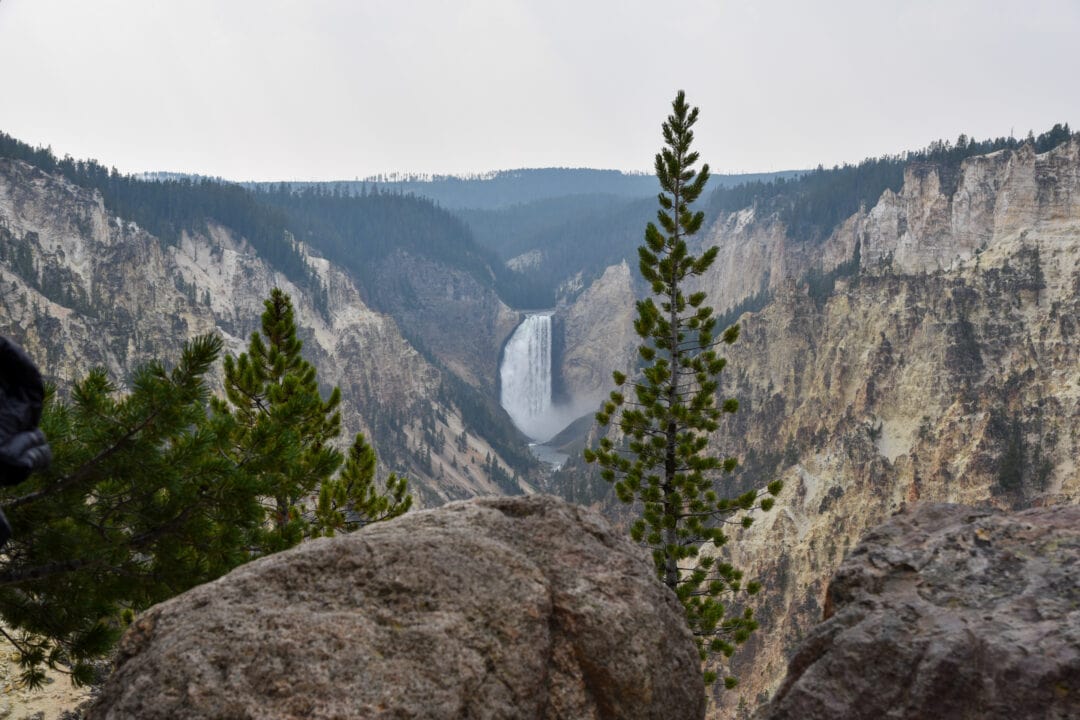
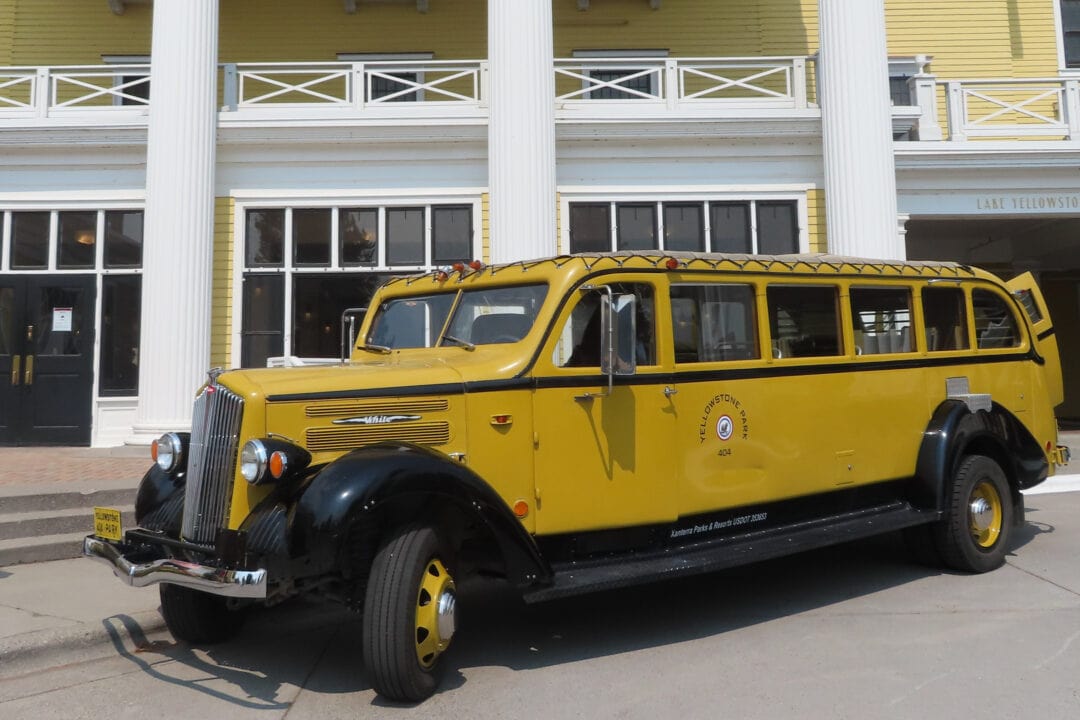
Several stagecoach companies offered tours, but the Yellowstone Stage Company was the most prominent. The Yellowstone stagecoaches were designed with scenery in mind, so instead of the usual seating—where passengers faced each other—the seats all faced forward to keep the focus on the spectacular scenery. Six-horse “Tally-ho” stagecoaches could seat up to 36 guests with four bench seats in the interior, one in the rear, and plenty of seating up top. As the park celebrates 150 years in 2022, visitors can board a replica Tally-ho stagecoach at the Roosevelt Corral and experience a similar journey.
Loading platforms
Arriving at the Mammoth Hot Springs Hotel, guests often had some time in the afternoon to explore the mammoth terraces before spending the first night in what was originally called the National Hotel. Departing the following morning, stagecoaches lined up as guests were called by name. Each passenger boarded a smaller four-horse stagecoach that sat up to 10 guests. Called a four-in-hand—because the driver was controlling four horses with four sets of reins in hand—visitors would usually stay with the same driver, stagecoach, and group of people, many forging long-term friendships with strangers who happened to be on the same tour.
The first stop was at a lunch station at Norris Geyser Basin. There they could see the most popular Yellowstone geyser, Echinus, and the tallest, Steamboat, plus many multi-colored thermal features, and wildlife.
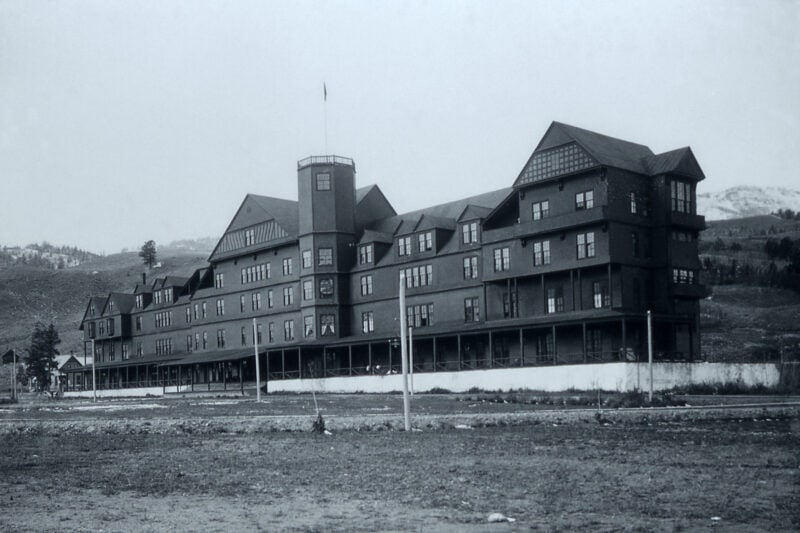
Guests needed a way to depart the stagecoach that was high off the ground because of the large wheels. Ruth Quinn, a tour guide at Old Faithful Inn and author of Weaver of Dreams (a biography of Robert C. Reamer, the inn’s architect) explains, “They had loading platforms constructed so they would pull up to a platform that had steps so people could get off on the level of the stagecoach and then walk down the steps to the ground level.”
After lunch at Norris, the stagecoach continued down to the Fountain Hotel for the second night of lodging. Although the Fountain Hotel is no longer there, at the time, the special attraction was the hot baths. “It had been rigged up so one of the hot springs was tapped and they had an underground pipe running over to the hotel, so there was actually geyser water from the hot springs being used for baths,” Quinn says.
Luxury accommodations
A hot bath and a good night’s rest and the group was back on the stagecoach to arrive at Old Faithful. Before the Old Faithful Inn opened in 1904, guests would visit the geyser, have lunch, and then return to the Fountain Hotel for a second night. Although there were a few lodging options before Old Faithful Inn opened, Quinn says they were not of the quality that the guests wanted. These less desirable lodging options included two tent hotels and a frame hotel.
“These were mostly wealthy people coming from East Coast cities and European countries,” Quinn says. “They were used to first-class accommodation and looking to have something that would allow them to stay in the Old Faithful area and spend more time there.”
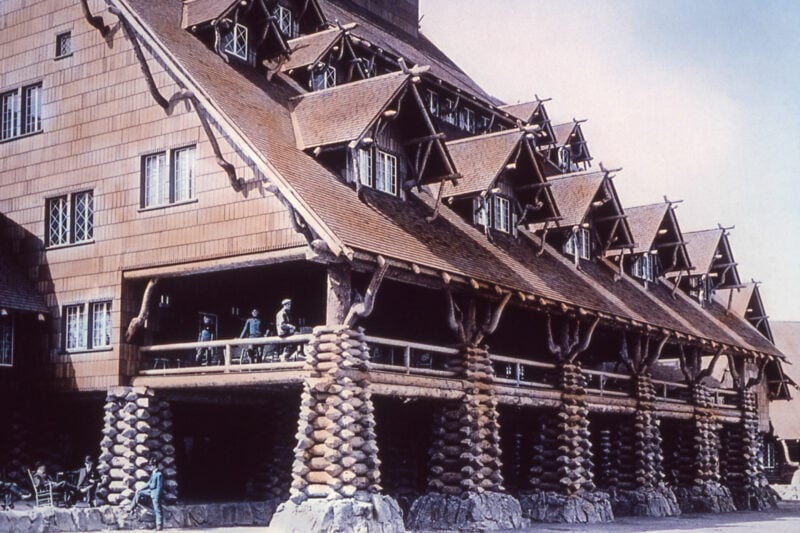
Luxury accommodations at the time included having hot and cold running water inside, fine dining with tablecloths and china, and professionally trained waiters. To accommodate the need for luxury, the hotel hired professionals from Minneapolis, St. Paul, or New York to work seasonally at the hotel. In 1904, the 5.5-day round trip tour cost $49.50 (about $1,500 today).
Winding down
From Old Faithful, the stagecoach tour went to West Thumb, having lunch adjacent to the geyser basin. Guests had the option to get off of the stagecoach and take a steamboat across Yellowstone Lake for an additional charge. Many often took the change of pace and scenery that the boat ride provided.
The stagecoach continued to the Lake Yellowstone Hotel for the fourth night. Opened in 1891, Yellowstone’s oldest hotel still in operation was promoted for its peacefulness and serenity, situated on the lake’s edge, and many guests would choose to stay longer than one night.
The next day, those who chose to continue made their way to the Canyon Hotel. It was a short travel day, only a 15-mile trip, which allowed the visitors time in the afternoon to enjoy the canyon and the waterfalls. From the Canyon Hotel, the trip wound down when the visitors traveled back to Norris for lunch the next day, on to Mammoth for dinner, and then boarded the train in the evening to return to wherever they came from.
If you go
Yellowstone National Park is celebrating its 150th birthday with a long lineup of events and activities (virtual and in-person) throughout 2022. Stagecoach adventures run daily between June 3 and September 5; tickets are $15.50 for adults and $8.25 for children.

